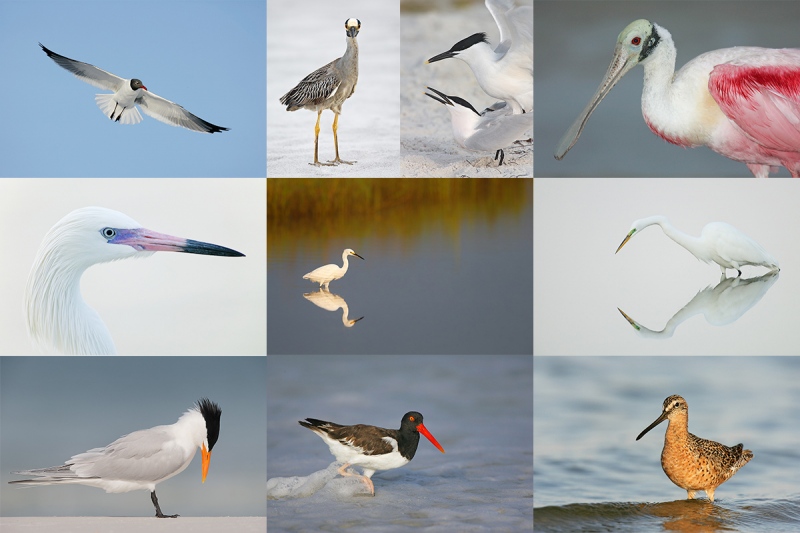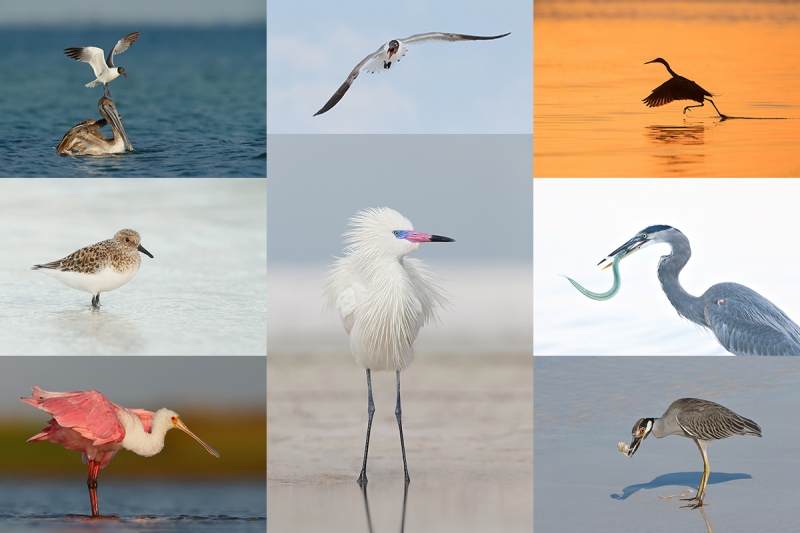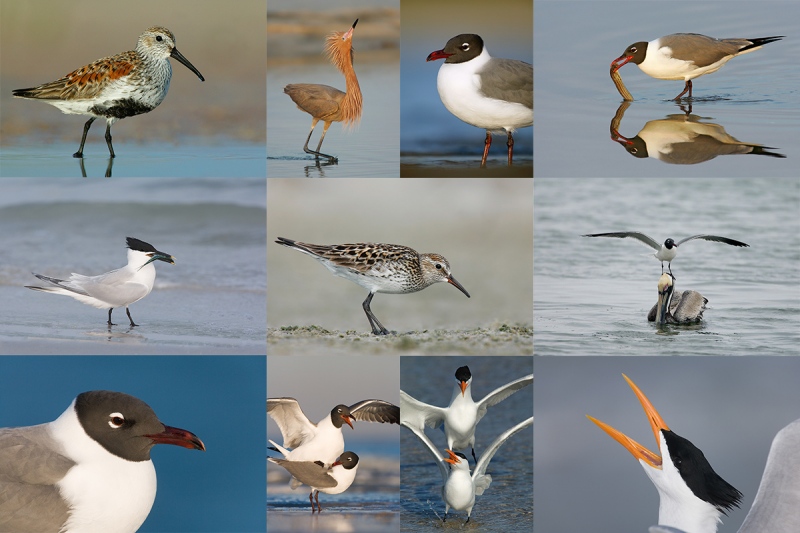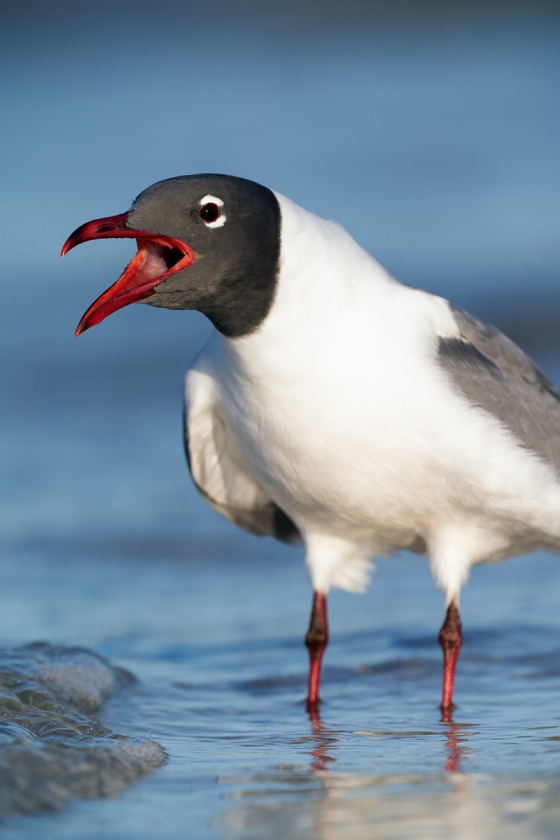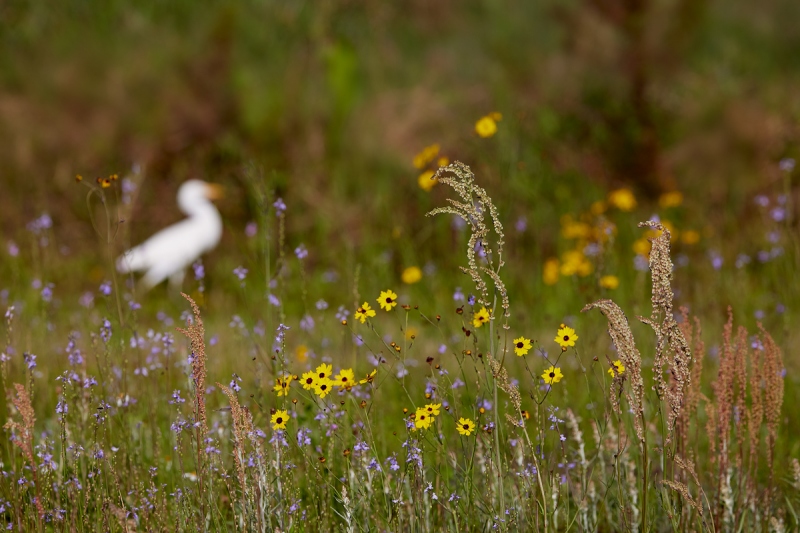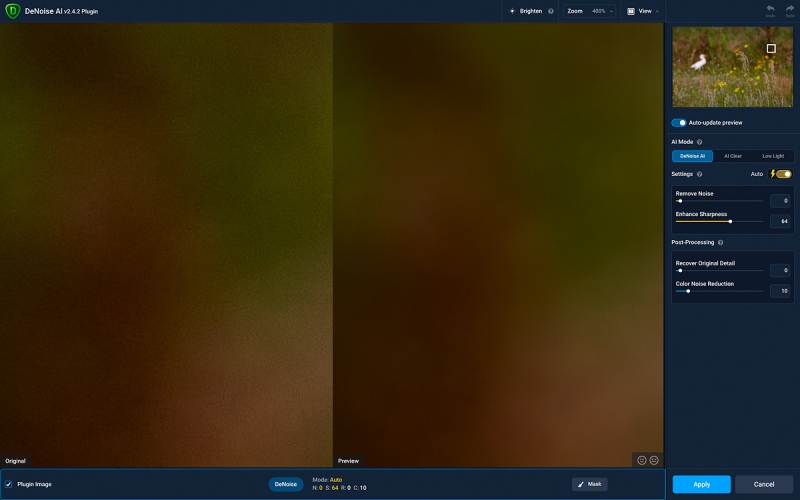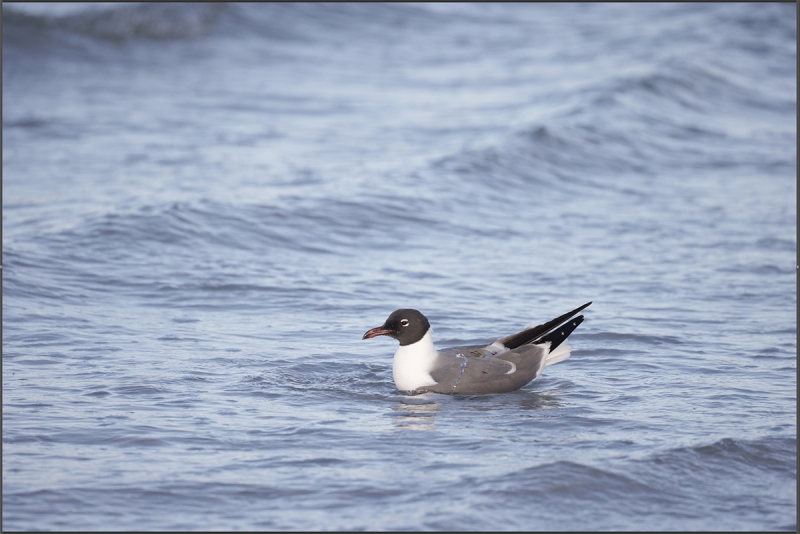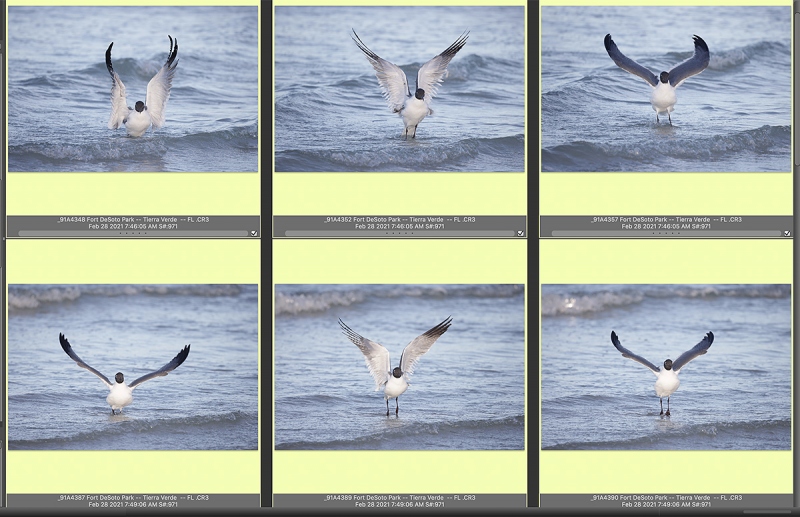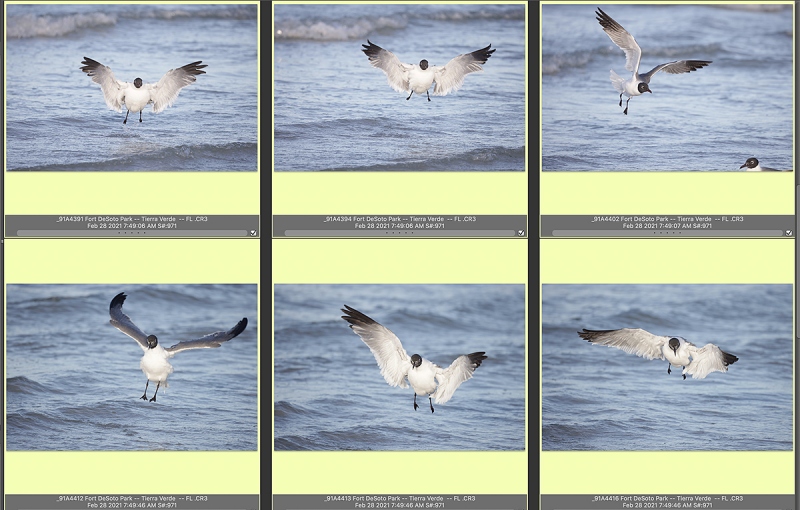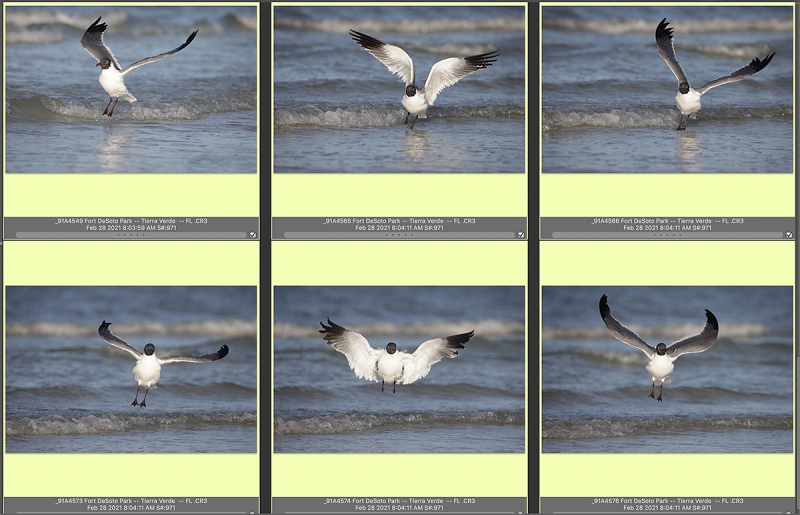|
|
|
All of the images were created at Fort DeSoto in April or early May. Click on the card to enjoy a larger version. Fort DeSoto IPT card A |
Fort DeSoto Spring IPT #1
Fort DeSoto Spring IPT #1. 3 1/2 DAYS. SAT 10 APR thru the morning session on TEUS 13 APR 2021. $1499 includes three lunches. Limit: 6. Openings 5.
While DeSoto is one of the rare photo hotspots with the potential to be great any day of the year, it absolutely shines in spring. Many of the wading birds and shorebirds are in full breeding plumage. The terns and gulls are courting and copulating. We will have lots of flight photography opportunities. Did I mention that many of the birds are silly tame?
A $499 deposit is required to hold your spot for this IPT. You can send a check (made out to “BIRDS AS ART) to us here: BIRDS AS ART, PO Box 7245, Indian Lake Estates, FL, 33855, or call Jim or Jennifer at the office with a credit card at 863-692-0906. Your balance, payable only by check, is due immediately after you sign up. If you have any questions, please feel free to contact me via e-mail. If you cancel due to COVID 19 concerns, all of your payments will be refunded.
|
|
|
All of the images were created at Fort DeSoto in April or early May. Click on the card to enjoy a larger version. Fort DeSoto IPT card B |
Fort DeSoto Spring IPT #2
Fort DeSoto Spring IPT #2. 3 1/2 DAYS. MON 26 APR thru the morning session on THURS 29 APR 2021. $1499 includes three lunches. Limit: 6/Openings: 5.
Not only am I conversant in all three major camera systems used in the US — Nikon, Canon, and SONY (sorry Andy Rouse …), I have used all three within the past four years. Those include both SONY and Canon mirrorless. On both of these IPTs you will learn how to get the best exposure, how to get the most out of your AF system, and how to get close to free and wild birds. And tons more.
A $499 deposit is required to hold your spot for this IPT. You can send a check (made out to “BIRDS AS ART) to us here: BIRDS AS ART, PO Box 7245, Indian Lake Estates, FL, 33855, or call Jim or Jennifer at the office with a credit card at 863-692-0906. Your balance, payable only by check, is due immediately after you sign up. If you have any questions, please feel free to contact me via e-mail. If you cancel due to COVID 19 concerns, all of your payments will be refunded.
|
|
|
All of the images were created at Fort DeSoto in April or early May. Click on the card to enjoy a larger version. Fort DeSoto IPT card C |
Fort DeSoto Spring IPTs Expected Species
With any luck, we should get to photograph the following species: Laughing, Ring-billed, Herring, and Lesser Black-backed Gull; Royal, Sandwich, and Forster’s Tern: Great, Snowy, and white and dark morph Reddish Egret and Great Blue, Little Blue, and Tricolored Heron; Yellow-crowned Night-Heron, Wood Stork, Roseate Spoonbill, and Brown Pelican. We will see and photograph lots of shorebirds including American Oystercatcher, Black-bellied, Wilson’s, Semipalmated, Snowy, and Piping Plover, Marbled Godwit, Willet, Dunlin, Red Knot, Sanderling, and Western and possibly White-rumped Sandpiper.
Sign up for both IPTs and enjoy a $200 discount. Most of us will be staying in nearby Gulfport.
What’s Up
Thursday morning dawned northwest windy, quite chilly, and blessedly cloudy. I took a walk with my Canon R5/RF 100-500 lens and, for the first time ever, experimented with creating some 6-frame On: ContShtng (Continuous shooting priority) Multiple Exposures. All aspects of creating in-camera Multiple Exposure (ME) and High Dynamic Range (HDR) images are detailed in the almost finished Canon R5 Camera User’s e-Guide. In addition, I share how I set up and use Custom Shooting Mode C3 to save a ton of time when I want play around with either ME or with HDR. I was surprised that I kept one pretty neat image.
I began working on the Getting the Right Exposure with the R5 section for the R5 User’s e-Guide and should have that finished today. I sent an e-mail yesterday to everyone who purchased the R5/R6 AF e-Guide offering an advance review copy of the Canon R5 Camera User’s e-Guide. If you did not receive that e-mail, please let me know via e-mail.
I am almost finished with the guide. After completing the stuff on exposure, I still need to work on the MY MENU section and create a gallery of R5 images. In addition, I got through several of the R5 Camera User’s e-Guide reviews that were e-mailed by folks who were kind enough to take a serious look at the manuscript.
Last night was another too-clear dud of a sunset; without any light clouds or fog or mist on the western horizon, there is little sunset color.
Today is Friday 5 March 2021. The forecast if for clear skies with gentle NW winds switching to the NE at about 9:00am. I will do my best to get down to the lake early.
Wherever you are and whatever you are doing, I hope that you have a great day.
This blog post took about 1 1/2 hours to prepare and makes seventy-four days in a row with a new one. Please remember …
Please Remember
With income from IPTs now at zero, please, if you enjoy and learn from the blog, remember to use one of my two affiliate programs when purchasing new gear. Doing so just might make it possible for me to avoid having to try to get a job as a Walmart greeter and will not cost you a single penny more. And if you use Bedfords and remember to enter the BIRDSASART code at checkout, you will save 3% on every order and enjoy free second-day air shipping. In these crazy times — I am out at least forty to sixty thousand dollars so far due to COVID 19 (with lots more to come) — remembering to use my B&H link or to shop at Bedfords will help me out a ton and be greatly appreciated. Overseas folks who cannot order from the US because of import fees, duties, and taxes, are invited to help out by clicking here to leave a blog thank you gift if they see fit.
Wanted to Buy
If you have a Canon EF 100-400mm f/4.5-5.6L IS II USM lens that you would like to part with, please contact me via e-mail. I have another interested buyer.
Canon EOS R5 Camera User’s e-Guide
Last Thursday, I sent out about a dozen copies of the almost finished Canon EOS R5 Camera User’s e-Guide for review to folks who had previously gotten free copies of the R5/R6 AF e-Guide by using my affiliate links to purchase their Canon mirrorless gear. In the same vein, I contacted everyone who purchased the R5/R6 AF e-Guide yesterday.
Because the camera and the Menus are so complex, this guide has required a ton of research, a lot of time, and a lot of effort (and will continue to do so until it is complete). It should be finished by the first week in March. 2021. The final update of the R5/R6 AF e-Guide has become part of the complete Camera User’s e-Guide; it will be revised if warranted.
The complete Camera User’s guide will sell for $75.00. Folks who purchased their Canon gear using my links will receive a $65.00 discount; the guide will cost them a nominal $10.00. Folks who spent more than $7500.00 on Canon mirrorless gear using either of my affiliate links (B&H or Bedfords), will receive the User’s Guide for free. Folks who purchased the R5/R6 AF e-Guide will receive a $10.00 discount on the User’s e-Guide. The best news is that the end is in sight.
New and Better Bedfords Discount Policy!
You can now save 3% on all of your Bedfords photo gear purchases by entering the BIRDSASART coupon code at checkout. Your discount will be applied to your pre-tax total. In addition, by using the code you will get 2nd day air shipping via Fed Ex.
Grab a Nikon AF-S Teleconverter TC-14E III and save $14.99. Purchase a Canon EOS R5 and your discount will be $116.97. Purchase a Sony FE 600mm f/4 GM OSS lens and save a remarkable $389.94! Your Bedford’s purchase no longer needs to be greater than $1,000.00 for you to receive a discount. The more you spend, the more you save.
Money Saving Reminder
Many have learned that if you need a hot photo item that is out of stock at B&H and would enjoy free second-day air shipping, your best bet is to click here, place an order with Bedfords, and enter the coupon code BIRDSASART at checkout. If an item is out of stock, contact Steve Elkins via e-mail or on his cell phone at (479) 381-2592 (Central time). Be sure to mention the BIRDSASART coupon code and use it for your online order to save 3% and enjoy free 2nd-day air shipping. Steve has been great at getting folks the hot items that are out of stock at B&H and everywhere else. The wait lists at the big stores can be a year or longer for the hard to get items. Steve will surely get you your gear long before that. For the past year, he has been helping BAA Blog folks get their hands on items like the SONY a9 ii, the SONY 200-600 G OSS lens, the Canon EOS R5, the Canon RF 100-500mm lens, and the Nikon 500mm PF. Steve is personable, helpful, and eager to please.


Gear Questions and Advice
Too many folks attending BAA IPTs (remember those?) and dozens of photographers whom I see in the field and on BPN, are–out of ignorance–using the wrong gear especially when it comes to tripods and more especially, tripod heads… Please know that I am always glad to answer your gear questions via e-mail. Those questions might deal with systems, camera bodies, accessories, and/or lens choices and decisions.
|
|
|
This image was created on 27 February 2021 at my back-up morning location at Fort DeSoto Park. I used the Induro GIT 304L/Levered-clamp FlexShooter Pro-mounted Sony FE 600mm f/4 GM OSS lens, the Sony FE 2.0x Teleconverter, and the blazingly fast AF King, the Sony Alpha a9 II Mirrorless Digital camera body). ISO 500. The exposure was determined by Zebras with ISO on the rear wheel: 1/1250 sec. at f/9 (stopped down 1/3-stop) in Manual mode. RawDigger showed this exposure to be less than 1/3 stop under, i.e., almost perfect. AWB at 8:01:43am on a clear morning. Upper Left Zone/AF-C was active at the moment of exposure and performed to absolute perfection by painting the bird’s eye with AF points. Click on the image to see an inexplicably sharper version. Image #1: Laughing Gull — adult breeding plumage display calling/vertical front-end image design |
Catching Up
In the Getting What I Went For, In Spades, at 1200mm … blog post here, I posted :
Your Favorite
All are invited to leave a comment letting us know which of today’s four featured images they like best. As always, please let us know why you made your choice. Comparative comments are also welcome. I will share my favorites in order from one to four here in a few days. Along with my reasons.
My Favorite
Though I love all four of the images presented in this post, #1, above, was my favorite. I love the color scheme — the red, white, and blue of Old Glory, plus the black. I love the meticulous front-end vertical framing (see more of that in item-next). I love the display/calling. I love the pretty-much perfect breeding plumage. And as mentioned in the blog post, I love the small breaking wave in just the right spot in the lower left of the frame.
Images #2 and #4 were tied as my second favorites. I liked #2 for the rather coy preening pose and the extensive blue background. And I liked #4 because I like Laughing Gulls in full breeding plumage, I like head and shoulders portraits, and I love perfection.
Lots of folks chose #3 as their favorite and for good reason. While I agree that it is a very strong image, my final tally is #1, #s 2 & 4, and #3. Thanks to the many who left a comment. Please remember that nobody is or was right or wrong.
Vertical Front-end Portraits
Anthony Ardito/March 1, 2021 at 1:21pm
#3 perfect comp and action. #1 would have been if rear end was not cut off.
Arthur Morris/BIRDS AS ART/March 2, 2021 at 7:43am
Anthony, Anthony, Anthony. See Chapter Seven, Designing the Image, in the original soft-cover The Art of Bird Photography, particularly (and coincidentally), the Laughing Gull image on the right side of page 107. The caption there includes the words, … then cut off the rear of the bird, just behind the legs.
Front-end verticals like Image #1 can be quite powerful as they will reveal much more detail than smaller in the frame images of the same subject. When working with a fixed focal length lens they are often the best option when you cannot zoom out to include the whole bird in a horizontal frame …
with love, a
An Interesting Series of Comments at the Art or Trash blog post here.
(BPN-friend) William Dix/March 4, 2021 at 11:11 am
Artie, FWIW, an unrelated bit of information that might interest some: the Audubon Photo Awards for this year have added a new stipulation: the use of Topaz Sharpen AI is not permitted on any submitted image. In response to my query they sent the following: “Sharpening is not permitted with AI software, but it is permitted, if minimal, with software like Photoshop or Lightroom.”
Warren Howe/March 4, 2021 at 11:44am
That’s interesting because “AI” means very different things to many companies. I have seen one “AI” sharpening system for out-of-focus images that actually replaces parts of the image, like teeth, earings, etc., rather than just trying to sharpen them. Now that’s AI and I would agree that that should not be used in a contest.
But, I think Topaz uses AI just to learn or predict what is actually there, not replacing from image pieces over the internet.
Arthur Morris/BIRDS AS ART/March 4, 2021 at 11:47am
Thanks, Bill. Personally, I couldn’t care less about Audubon. They have, in the magazine, shown a huge anti-photographer bias.
I was inspired in the 1970s by the great photo portfolios they published by guys like Charles Krebs and the little guy from Iowa whose name I cannot remember right now … The latter photographer specialized in the Everglades, drove around in an old VW bus, and always wore a scruffy white t-shirt. If anyone remembers his name, please let us know.
The last thirty or more years of Audubon Magazine have been nothing but junked cars and oil spills. Not that that stuff is not important, but at times, folks forget that beautiful images often inspire folks to take action and to take steps to preserve habitat. And that sometimes they can change a person’s life.
with love, artie
ps: Thanks to old VIREO friend Doug Wechsler for this: Glenn van Nimwegen was the guy’s name.
Glenn van Nimwegen
I met Glenn at Everglades National Park when I was first starting sometime in the late 1980s. At about the same time I met Charles Krebs, a highly skilled nature/stock photographer. Both were very kind to me. Below is the only thing I have been able to find online about Glenn.
Van Nimwegen, Glenn
Obituary from The Pella Chronicle, November 20, 2003
Interment for Glenn Van Nimwegen, 57 of Jackson, WY and Pella, IA, who passed away Nov. 5, 2003 was held at the Oakwood Cemetery in Pella.
Glenn Carl Van Nimwegen, born to Marion and Margaret Elizabeth Sopher Van Nimwegen, was born on May 15, 1946 in Oskaloosa. He attended the Pella Public Schools in Pella.
Glenn pursued a career in freelance nature and landscaping photography. He spent over 30 years roaming the United States in his pickup and with his camera. He traveled and photographed in 49 states. His landscape and wildlife photographs appeared in numerous publications, books, & magazines, and on calendars, posters and post cards. These included covers and photo essays in Audubon Magazine, Time-Life Books, National Graphic Books, National Wildlife Federation Magazine and Books, Natural History Magazine, Smithsonian Magazine, Birder’s World, Sierra Club and Audubon calendars, to name just a few. His work appeared regionally and locally in publications on Glacier, Yellowstone, and Grand Teton National Parks; including K. C. Publications, Sierra Press Publications, Grand Teton Natural History Association Publications, Jackson Hole-Crossroads of the West and others.
Glenn is survived by his brother Keith Lee Van Nimwegen and his wife, Patty, of West Des Moines; seven nieces and nephews.
Glenn was preceded in death by his parents: his father, Marion, his mother, Margaret, and an older brother who died at birth on July 16, 1938.
For those desiring, memorials in his memory may be given to the Nature Conservancy.
Funeral arrangements were handled by Van Dyk-Duven Funeral Home in Pella.
That Glenn was only one year older than me and has been gone for nearly two decades is a reminder of how blessed I have been. A sign of the times is that I have not been able to find a single image created by Glenn Van Nimwegen online …

